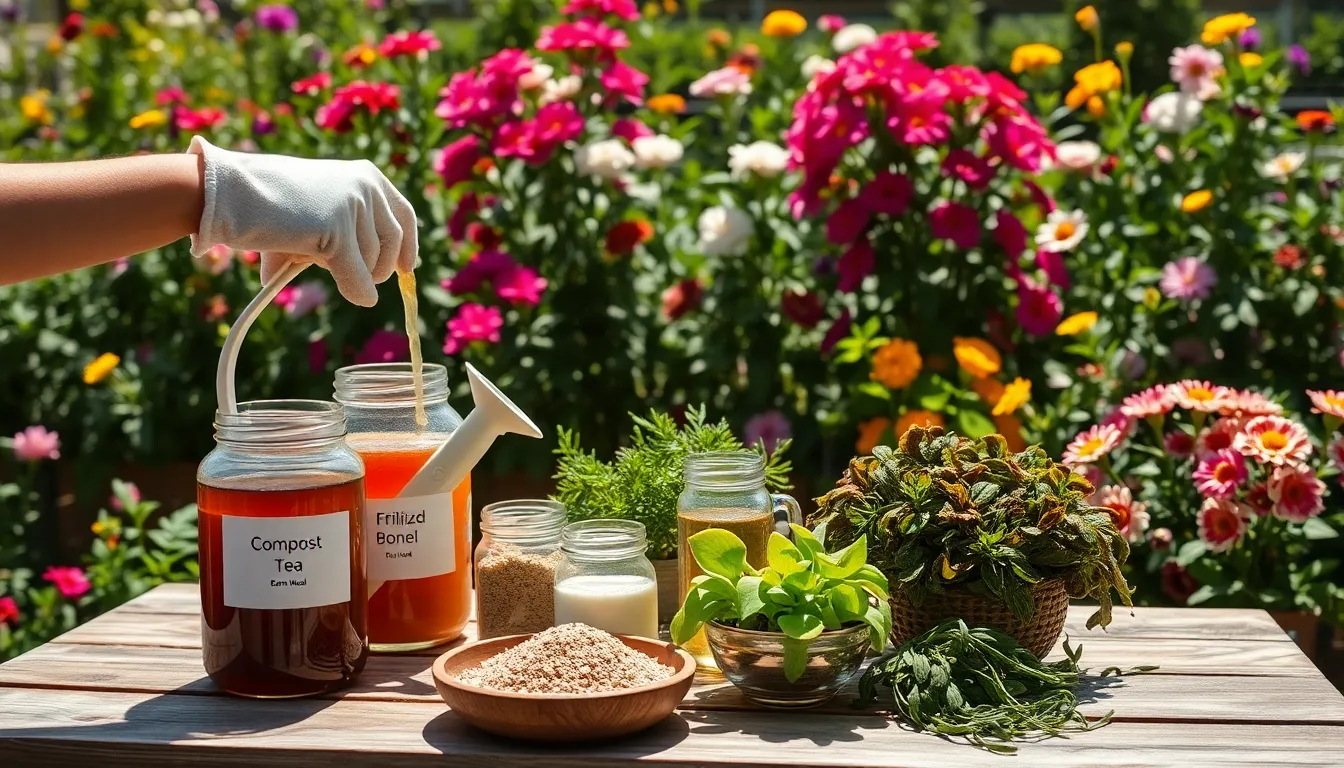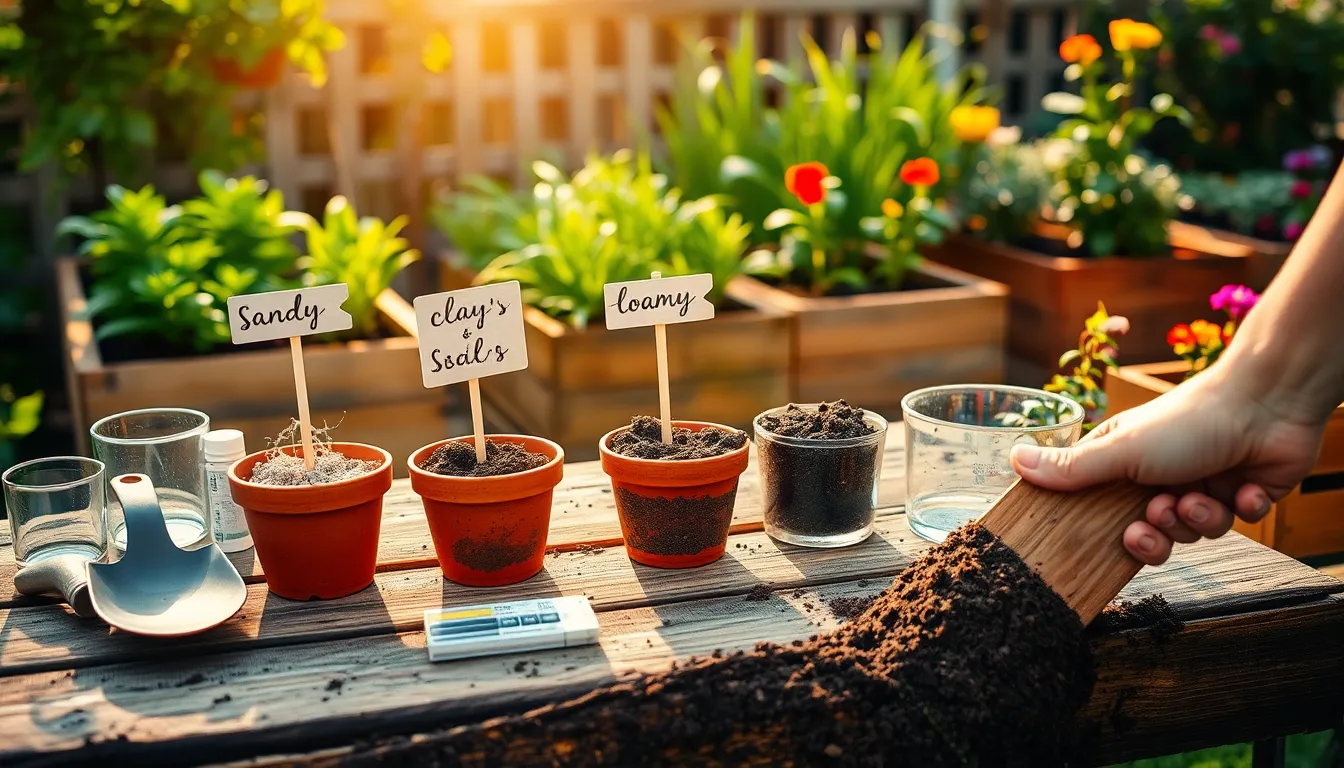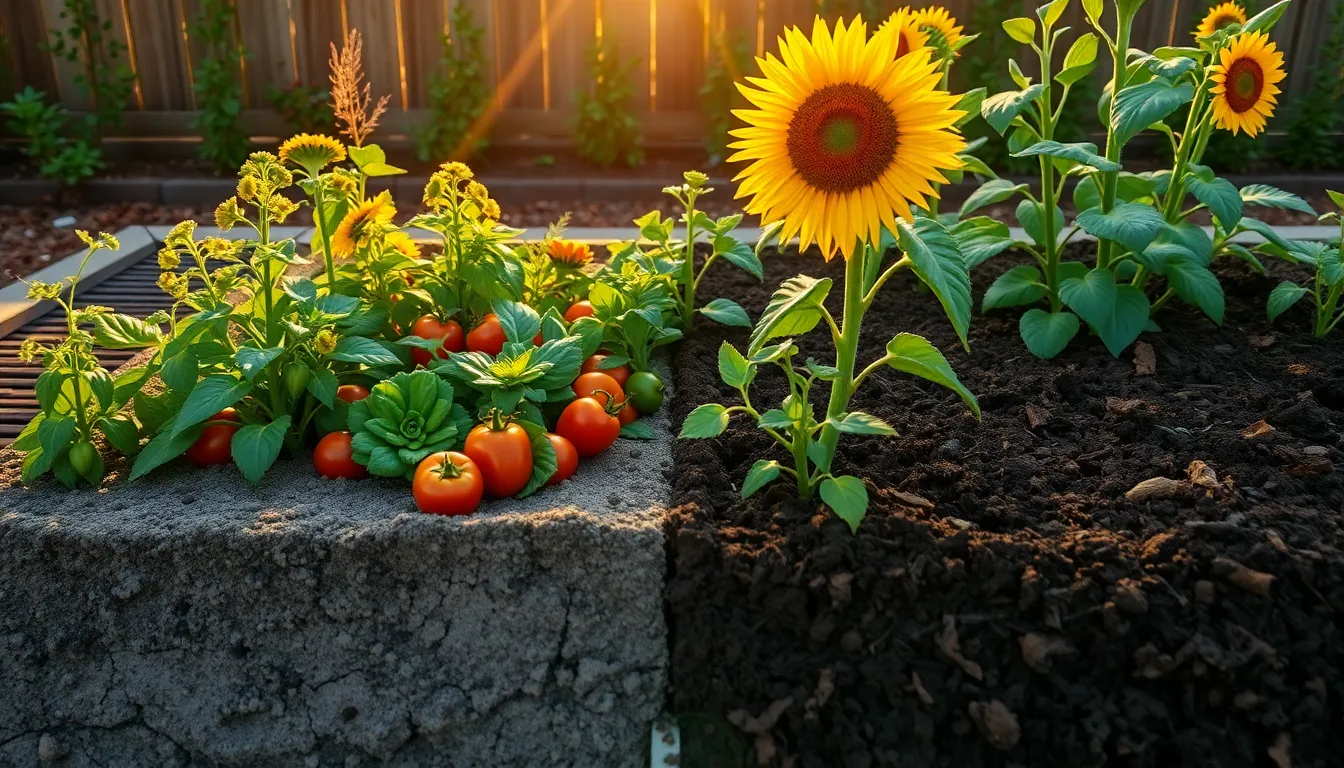For those just beginning their gardening journey and seasoned green thumbs alike, the quest for a thriving garden brimming with healthy plants is a common goal. Fertilizing your plants organically not only nourishes your garden but also fosters a more sustainable environment, allowing nature to work its magic without the interference of harsh chemicals.
In this comprehensive guide, we’ll delve into the art and science of organic fertilization, offering insights that cater to both novices and experienced gardeners. You’ll discover the essential nutrients your plants need, learn how to create your own organic fertilizers at home, and explore the diverse benefits of going organic.
Choosing to fertilize organically is more than a gardening choice; it’s a commitment to nurturing the earth and your plants in harmony. Together, we’ll explore practical techniques and tips that make organic gardening accessible and rewarding, ensuring your garden flourishes with vibrant life and vitality.
Test Soil for Nutrient Needs
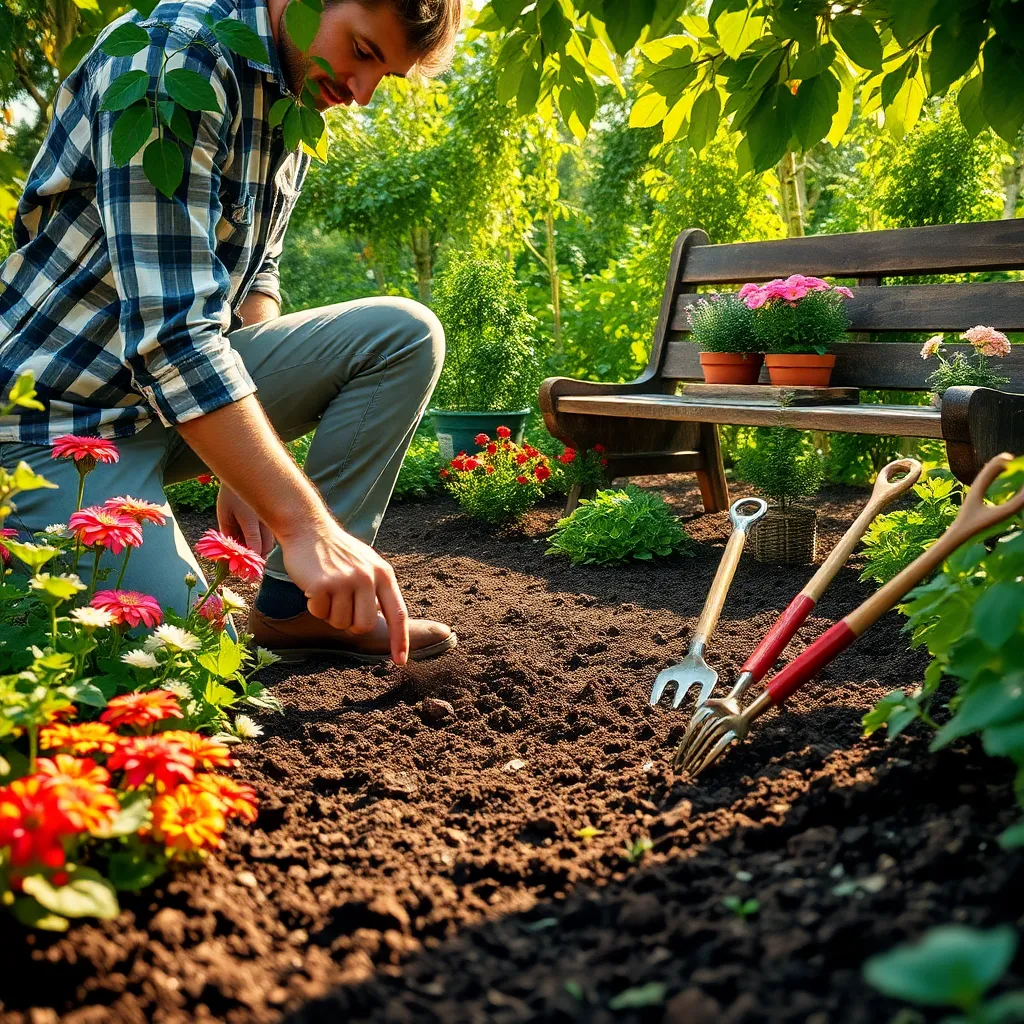
Testing your soil is a crucial step to understanding its nutrient needs and ensuring your plants thrive. Begin by purchasing a soil test kit from a local garden center or online retailer to assess the pH and nutrient levels.
For a basic test, use a shovel to collect a sample from the top 6 inches of soil from multiple areas of your garden. Mix these samples together in a clean container to get a representative sample for testing.
Follow the instructions on your soil test kit carefully to get accurate results. Typically, you’ll add a soil sample to a test container, mix it with a provided solution, and compare the color results to the kit’s chart.
Once you have your results, identify any nutrient deficiencies or pH imbalances. For instance, if your soil is too acidic, consider adding lime to increase the pH, or if it’s too alkaline, sulfur can help lower it.
Address specific nutrient deficiencies by choosing the right organic amendments. For example, adding bone meal can increase phosphorus levels, while blood meal is a good source of nitrogen.
Experienced gardeners may opt for more advanced testing by sending samples to a professional laboratory for a detailed analysis. This can provide precise recommendations for amendments and is especially useful for large gardens or crops with specific nutrient needs.
Select Organic Fertilizer Type
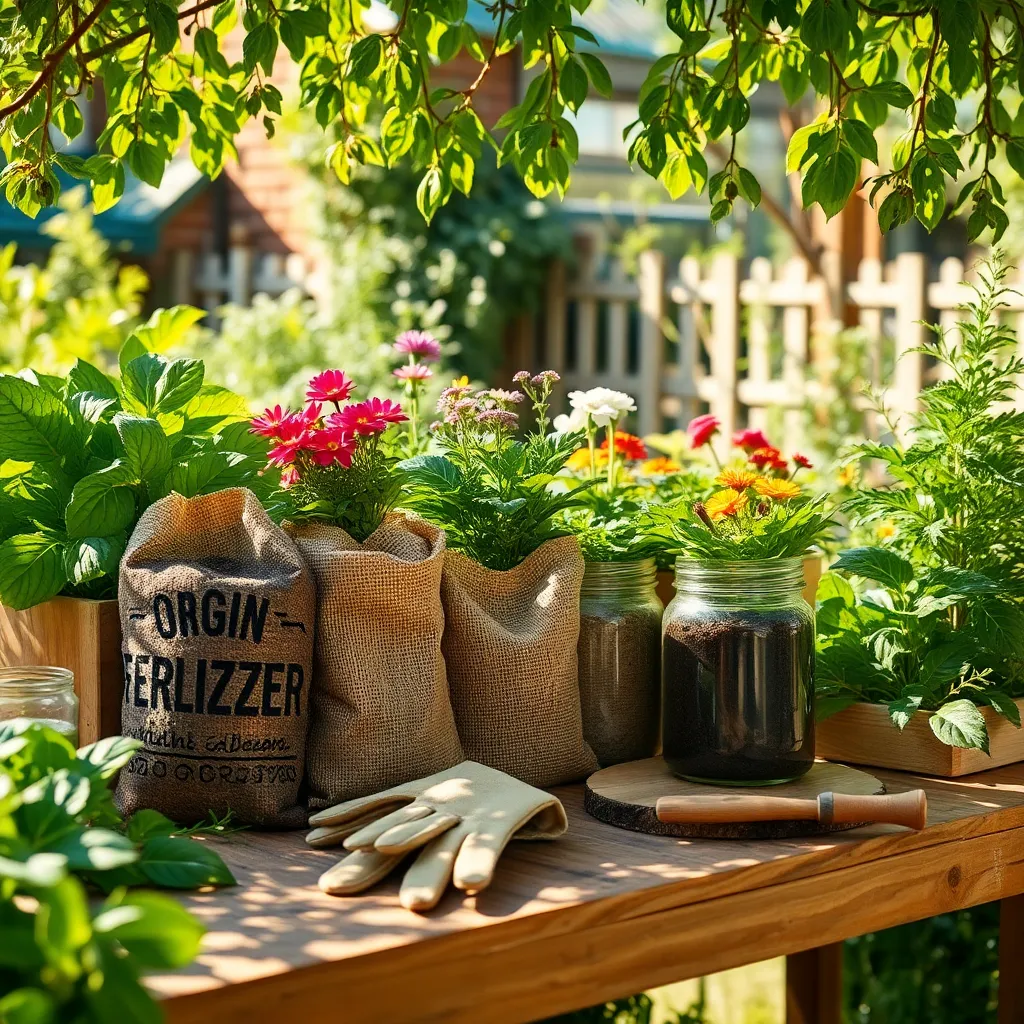
After understanding your soil’s nutrient needs, the next step is choosing the right organic fertilizer. Organic fertilizers improve soil structure, enhance microbial activity, and promote healthy plant growth. Consider using well-composted manure, which provides a slow-release nutrient source that’s ideal for most plants. Compost is excellent for enriching soil with essential nutrients and improving its water retention capabilities.
For those looking for a balanced nutrient boost, bone meal is a great option, especially for flowering plants. It supplies phosphorus, which is crucial for flower and fruit development. Alternatively, consider using fish emulsion, an excellent choice for leafy greens due to its high nitrogen content. Fish emulsion is quickly absorbed by plants, making it perfect for a fast nutrient boost.
Gardeners with a specific nutrient deficiency can benefit from targeted organic fertilizers like kelp meal. Kelp meal is rich in trace minerals and can help improve plant resilience to stress. For advanced gardeners, creating a personalized mix of organic fertilizers can address unique garden needs. Tailoring your fertilizer mix allows you to fine-tune nutrient levels for optimal plant health.
When applying organic fertilizers, it’s essential to follow the recommended application rates to avoid nutrient overload. Over-fertilization can harm plants and disrupt soil balance. Regularly monitor plant health and adjust your fertilization strategy as needed. This adaptability ensures your plants receive the right nutrients when they need them most.
Apply Fertilizer Evenly Around Roots
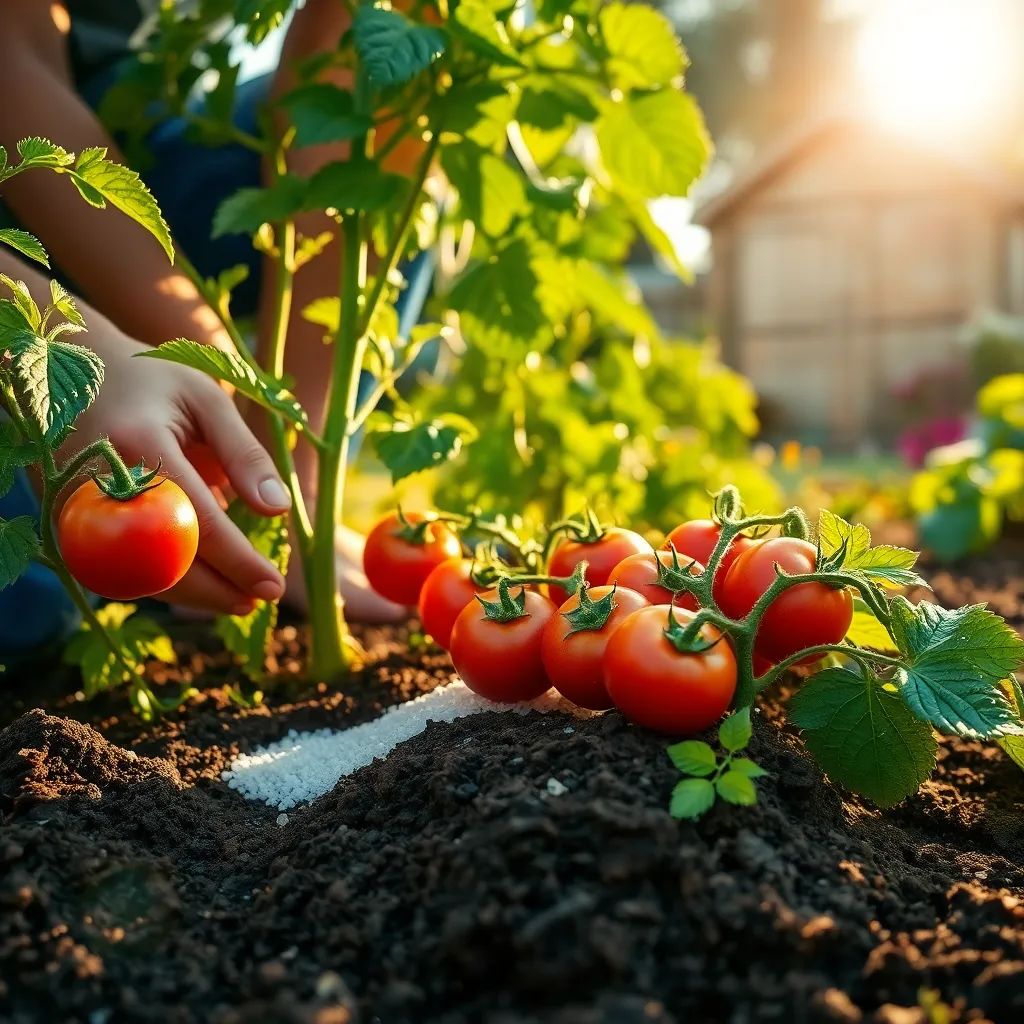
After selecting the right organic fertilizer, the next step is to apply it evenly around the plant’s roots. To do this effectively, start by gently loosening the top layer of soil around the plant, taking care not to disturb the roots.
Begin by distributing the fertilizer evenly around the base of the plant, ensuring it is not directly touching the stem. This helps prevent fertilizer burn and ensures nutrients are absorbed efficiently by the plant’s root system.
For even distribution, consider using a small hand rake or a gloved hand to mix the fertilizer into the soil. Aim for a depth of about two inches, which allows nutrients to reach the roots without being washed away by water.
Water the area thoroughly after applying the fertilizer to help it integrate into the soil. This practice not only aids in nutrient absorption but also reduces the risk of fertilizer runoff, making your efforts more environmentally friendly.
Water Thoroughly After Fertilizing
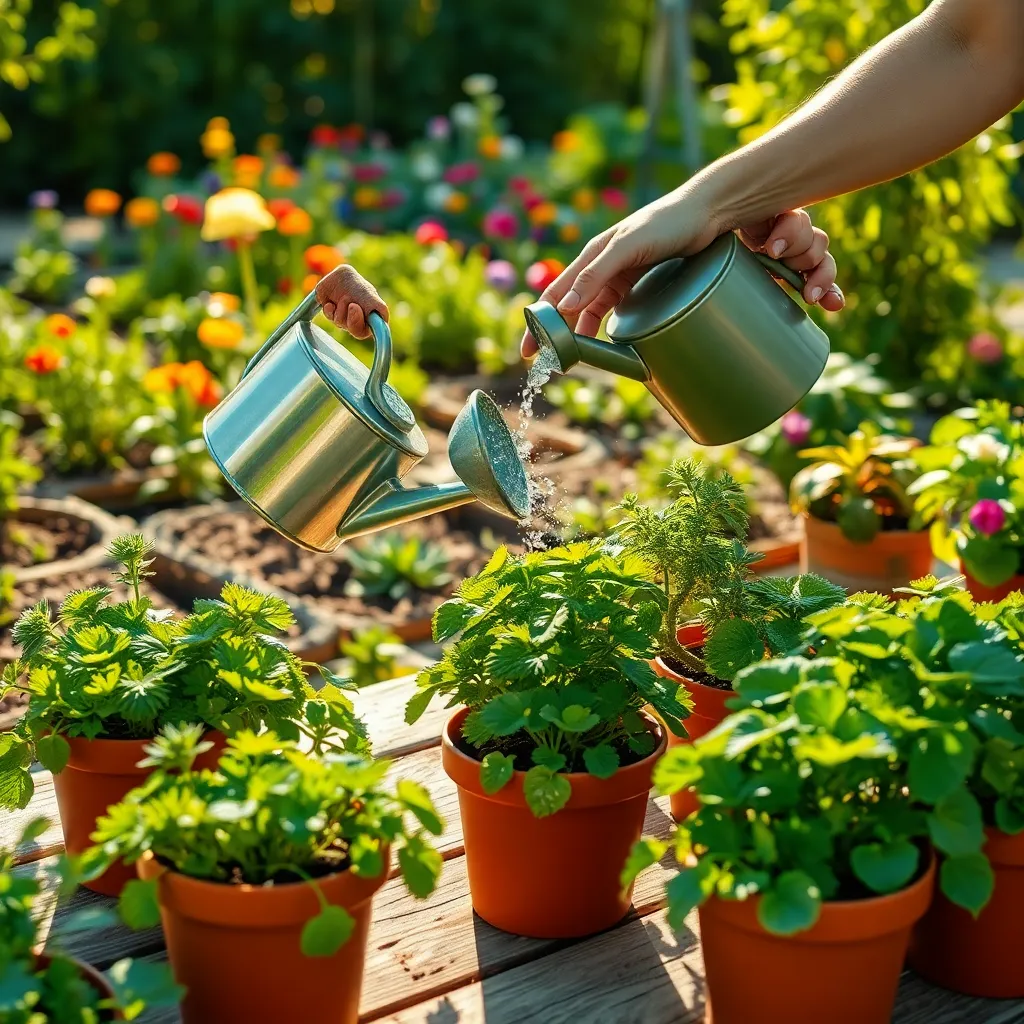
After applying fertilizer around the roots, it’s crucial to water your plants thoroughly to help the nutrients reach deeper into the soil. This step ensures that the fertilizer doesn’t burn the plant roots and instead nourishes them effectively.
Watering deeply after fertilizing helps dissolve the organic materials, making nutrients more accessible to the plant roots. Ensure the soil is moistened at least 6 inches deep, allowing water to carry nutrients to where they’re most needed.
For best results, use a watering can with a gentle shower head or a garden hose with a spray attachment to avoid washing away the fertilizer. This method prevents soil erosion and ensures an even distribution of water over the plant base.
For those using mulch, be sure to water until the mulch is soaked and the underlying soil feels damp. This practice helps maintain consistent soil moisture levels and supports healthy plant growth.
Monitor Plant Growth and Health
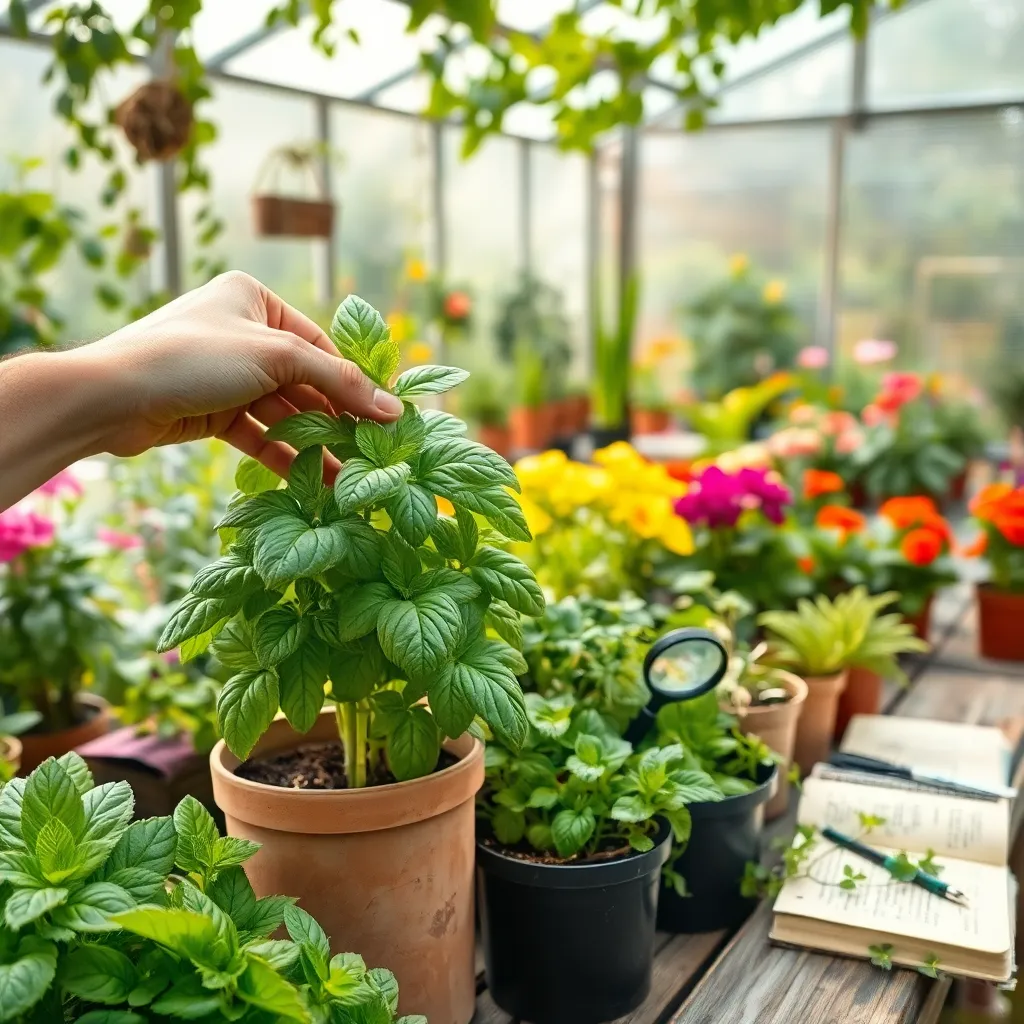
Once you have watered your plants after fertilizing, it’s crucial to regularly monitor their growth and health. This helps you identify any issues early, allowing for prompt intervention to ensure your plants thrive.
Check your plants weekly for signs of new growth or any changes in leaf color and texture. These observations can indicate whether your plants are receiving the right amount of nutrients or if adjustments are necessary.
Use a simple notebook or a gardening app to keep track of your observations, noting any patterns or recurring issues. This log will become an invaluable resource, helping you adjust your care routine to best suit your plants’ needs over time.
Look for common signs of plant stress, such as yellowing leaves, wilting, or stunted growth, which may indicate nutrient deficiencies or other problems. Addressing these signs promptly can prevent further damage and support healthy plant development.
If you notice pests or diseases, take action immediately by using organic remedies such as neem oil or insecticidal soap. Consistent monitoring allows you to manage these issues effectively, ensuring your plants remain strong and healthy.
Conclusion: Growing Success with These Plants
In this enlightening journey through the ‘Beginner’s Guide To Fertilize Plants Organically,’ we unearthed five pivotal relationship concepts: nurturing your connection with nature, understanding each plant’s unique needs, the importance of patience and consistency, building a sustainable bond with the environment, and the joy of witnessing growth. These principles resonate deeply with cultivating healthy human relationships, where attentiveness, understanding, patience, and sustainability are equally crucial.
As you step forward, consider applying these organic gardening insights to your personal connections. Start by choosing one relationship that needs nurturing and invest time in understanding its unique requirements. Remember, just as plants thrive with consistent care, so do relationships.
Bookmark this article now, ensuring these valuable insights are always at your fingertips when you need a reminder of how to tend to the garden of your relationships.
Looking ahead, envision a future where your relationships flourish as beautifully as a well-tended garden, rich with mutual growth and understanding. With the tools and knowledge you’ve gathered here, you’re well-equipped to cultivate connections that are as healthy and vibrant as the plants you nurture.

